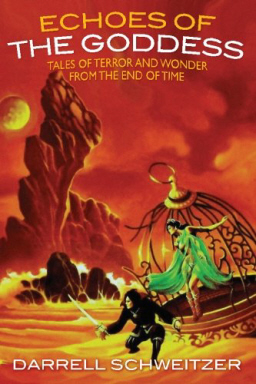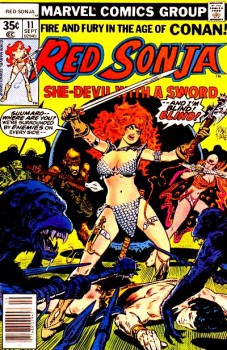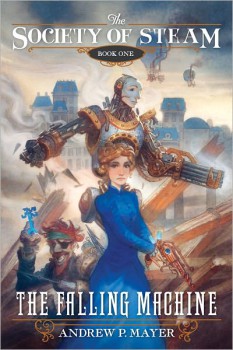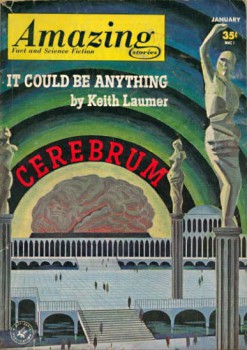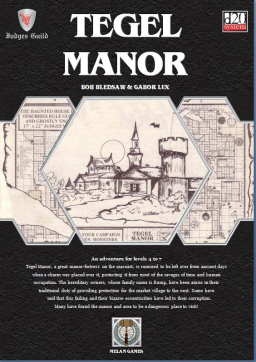The Weird of Oz Locates Scooby-Doo
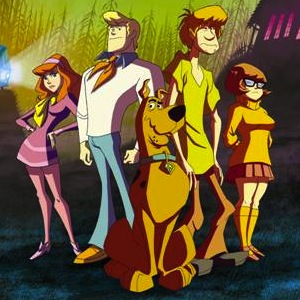 “Scooby Dooby Doo, where are you?” is a question I’ve heard asked — or, rather, sung — ever since I was a child. For most of my life, I didn’t care where the hell he was. But things have changed.
“Scooby Dooby Doo, where are you?” is a question I’ve heard asked — or, rather, sung — ever since I was a child. For most of my life, I didn’t care where the hell he was. But things have changed.
Scooby-Doo and the Mystery Inc. gang have been unmasking criminal hoaxers longer than I’ve been around, having debuted three years before I was born. They belong to that collective mob of pop-culture figures that have just always been there and are still going strong performing their antics for new generations…Looney Tunes, Mickey Mouse and his club, the Muppets, the Peanuts Gang, Tom and Jerry. Others from my childhood have fallen by the wayside — Heckle and Jeckle, Woody Woodpecker — waiting to be re-launched or else forever consigned to the Old Toons Retirement Home.
As a boy, I followed all of them at one time or another. This was largely determined by which programs the networks happened to be running during the hours just before or just after school (and, of course, that golden block of children’s programming: Saturday morning). It may be almost unfathomable to some of my younger readers, but there was a time not all that long ago when a latchkey kid getting home from school only had three or four channels to choose from, perhaps only one of which would be playing cartoons — two channels if you were lucky, in which case you might actually have a choice between, say, Care Bears or He-Man and the Masters of the Universe (and you can guess which one I chose). For us, the idea of six or seven channels playing cartoons 24/7 would seem about as far off as some of the far-out gadgetry on Star Trek.
Scooby-Doo is one of the franchises that has had real staying power, obviously. Unlike, say, The Flintstones, the live-action movies did not kill the franchise, which has gone through numerous new incarnations of TV series as well as dozens of made-for-TV or direct-to-video animated films.

